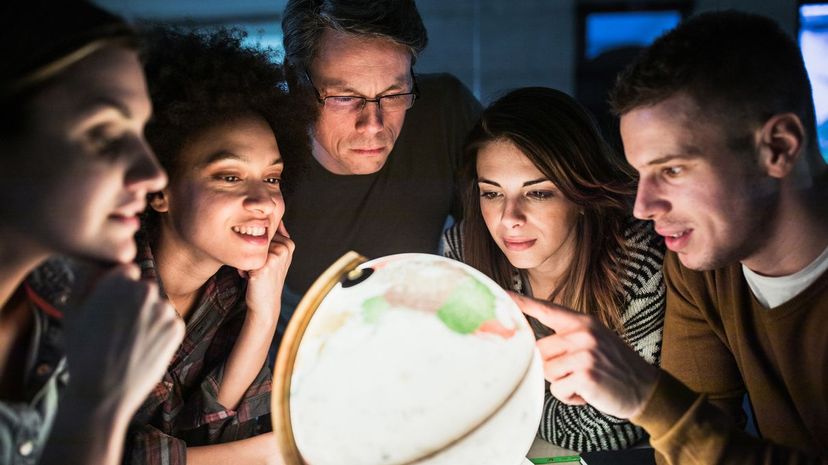
About This Quiz
Humans have roamed Earth for millennia but we've only explored a small percentage of the planet. We've been to the moon, which is about 238,000 miles away, but we've only been eight miles into Earth. We have 3,950 more miles to go to get the center of the planet and we're nowhere close. We've never been to the mantle and it makes up a majority of Earth's volume.Â
Other than inner Earth, which is 99.99% unexplored, we haven't explored much of the surface either. More than 70% of Earth is covered by water, but in 2000, only 1% of the ocean floor had been mapped. As of 2019, anywhere between 5% and 20% of the ocean floor had been mapped in any detail. We haven't been to the deepest depths of the Amazon or the Taiga, so we haven't even explored all of Earth's land, which makes up less than 30% of the planet.
At the most aggressively liberal estimates, we've explored 50% of the entire planet, but even with that being said, we know a lot about the third rock from the Sun. We know the largest ocean and the tallest mountain. We know the oldest religions and the newest cities. And we know we're spinning really, really fast. What do you know about Earth?
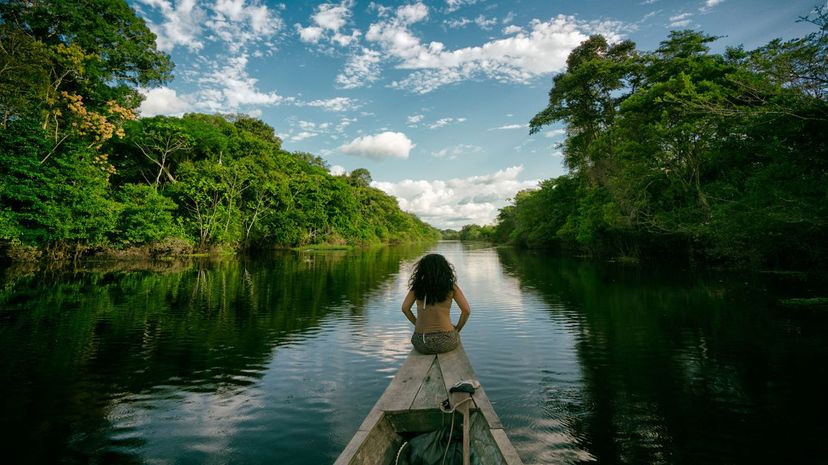
The Amazon forest is one of the world's largest and most important, but the Taiga forest spans three continents and contains about a third of all the trees in the world. The Amazon produces tons of oxygen each year but also consumes an equal amount of oxygen each year.
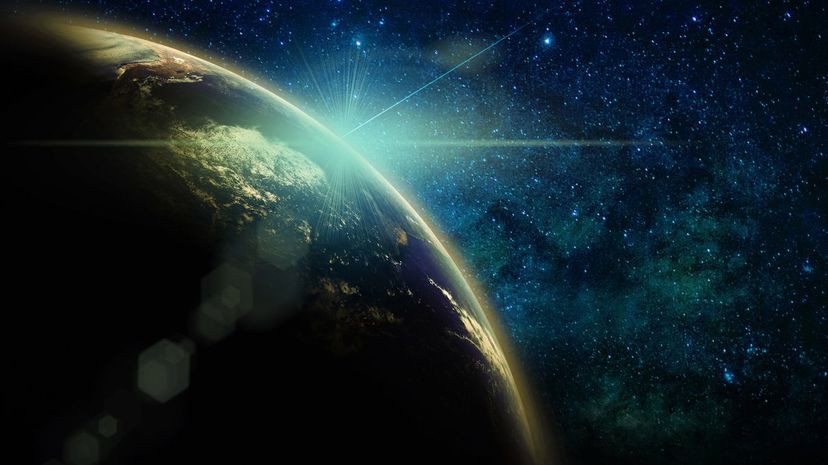
Every planet in our solar system is named after a Greek or Roman god or goddess except for Earth. The word "earth" stems from Old English and German and means "ground." We don't know who officially named the planet or when it was named.
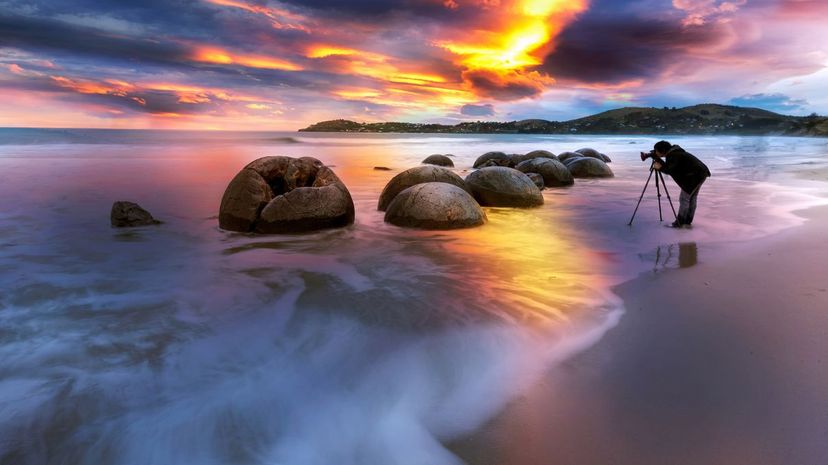
There are five major oceans on Earth but they are all technically connected. The five oceans are the Arctic, Pacific, Atlantic, Southern and Indian oceans. The Pacific Ocean is both the largest and deepest.
Advertisement

The four layers of Earth are the crust, mantle, outer core and inner core. The mantle is the thickest layer by far and is sometimes split into the upper and lower mantle. The Earth's crust is more than 40 miles deep at its thickest parts.

The Earth is a squashed sphere called a spheroid. It's widest at the equator where it's also spinning the fastest. As the Earth spins it also orbits the Sun at a speed of 67,000 miles per hour.
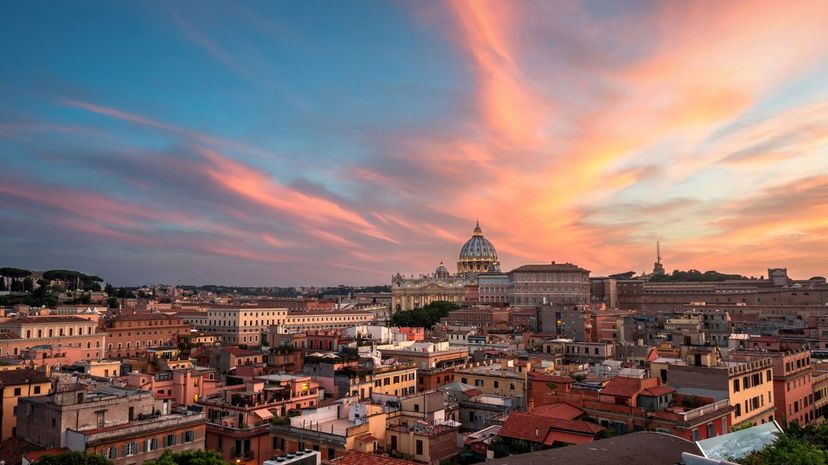
Vatican City is the least populous of the 195 UN-recognized countries. It has a population of about 1,000 citizens. Thousands upon thousands of people flock to the country every day to visit sites like St. Peter's Basilica and the Sistine Chapel.
Advertisement
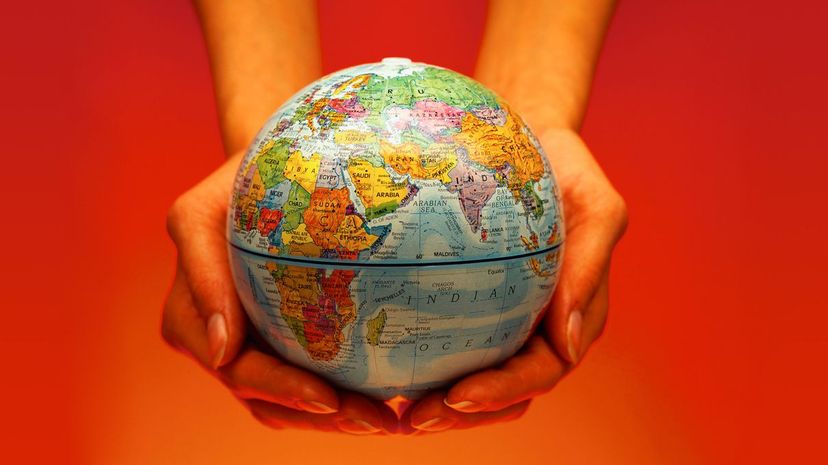
The equator is an equal distance from both poles and sits at 0 degrees latitude. It runs along the geographic center of the planet and splits the world into the northern and southern hemispheres. Places on the equator experience equal amounts of day and night.
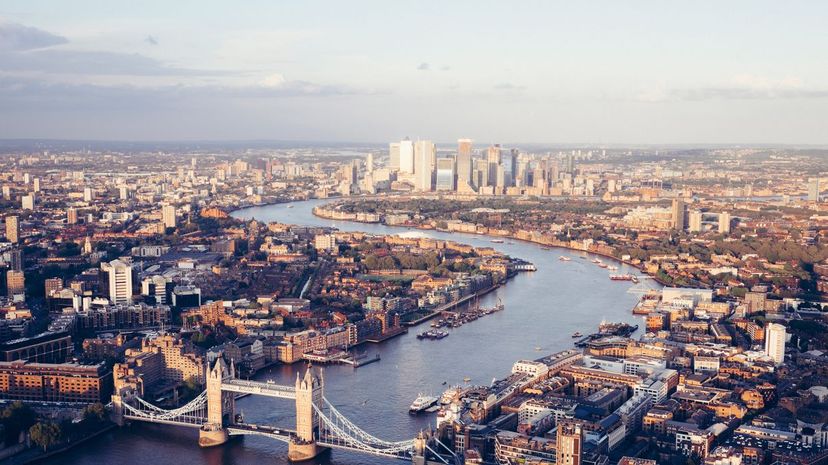
London and New York City are recognized as the most integrated cities in the world. London has been around for about 2,000 years and is home to numerous monuments and landmarks. It was the world's most populous city between 1831 and 1925.

There are more than 1.1 billion Mandarin Chinese speakers in the world, compared to about 750 million English speakers. The majority of Chinese speakers are located in China, however, while English is spoken all over the world.
Advertisement
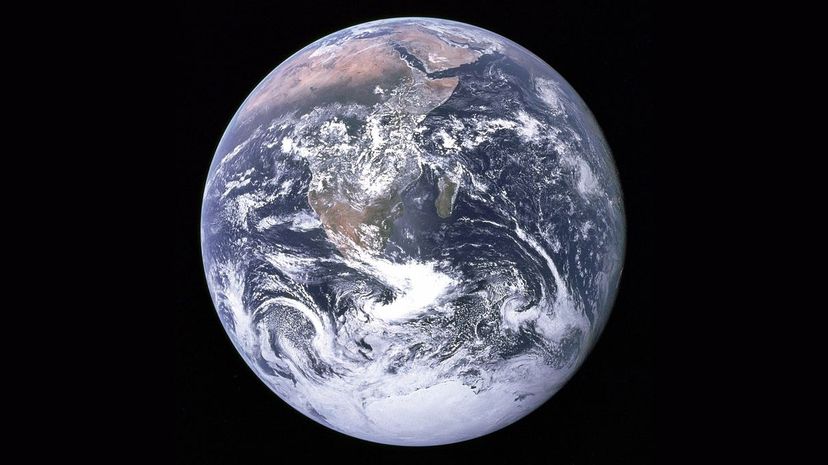
The first-ever photograph of Earth from space was taken in 1946 but it was just a corner of the planet. Apollo 11 landed on the moon in 1969 and the crew took amazing images, but none were of Earth's entirety. "The Blue Marble" was snapped in 1972 and is one of the most famous pictures of Earth.
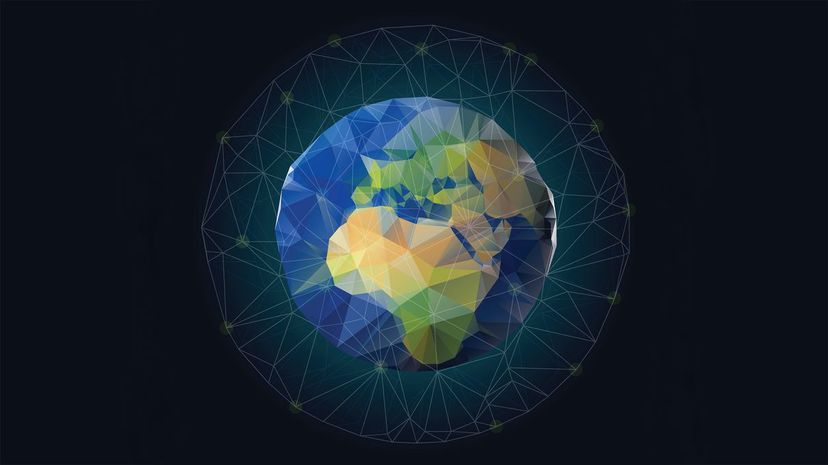
Almost 78% of the atmosphere is made up of nitrogen. About 20% is made of oxygen and the remaining 2% is made up of small amounts of helium, neon, krypton, hydrogen, carbon dioxide and argon.
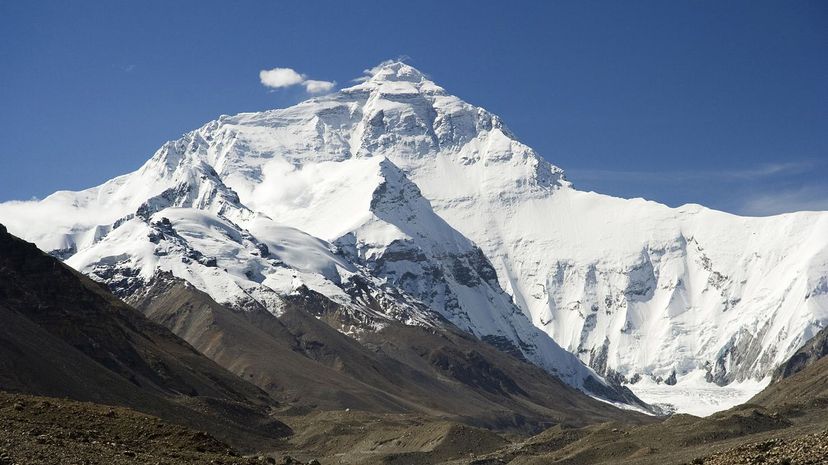
Mt. Everest is the highest mountain in the world at 29,000 feet. Technically, Mauna Kea is the tallest since it rises 13,000 feet above sea level and goes 20,000 feet below. Mt. Chimborazo is the closest to the moon since it sits on the equator's bulge, but it's just 20,000 feet tall.
Advertisement
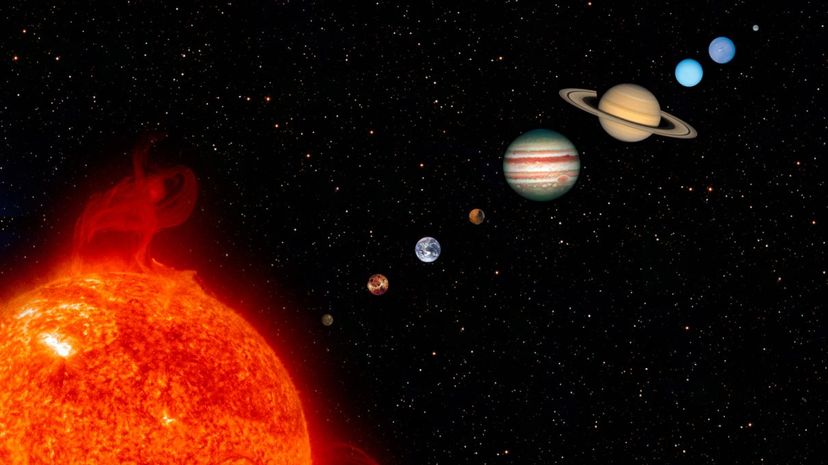
The Earth is the third rock from the sun and is about 93 million miles away. Its exact distance fluctuates as the Earth orbits the sun. It takes a bit more than eight minutes for light from the Sun to reach Earth.
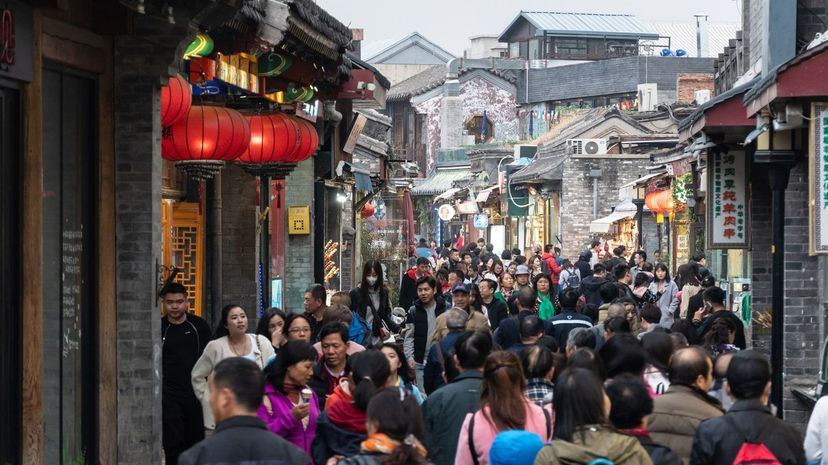
China has more than 1.4 billion citizens and India is close behind with 1.35 billion citizens. The U.S. is the third most populous country with just 330 million citizens. Indonesia and Brazil round out the top five with 270 and 212 million citizens, respectively.
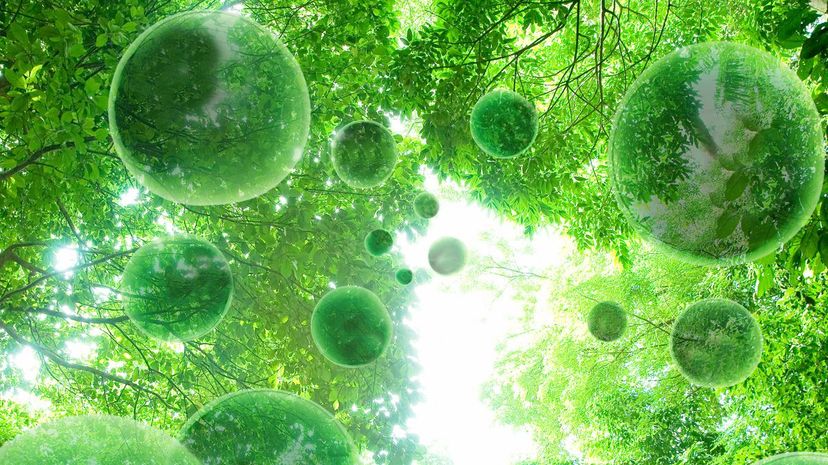
Hydrogen is the most abundant element in the universe but oxygen is the most abundant element in the Earth's crust. Almost half of the Earth's crust is made of oxygen. The rest is made up of silicon, aluminum, calcium, iron, sodium and more.
Advertisement
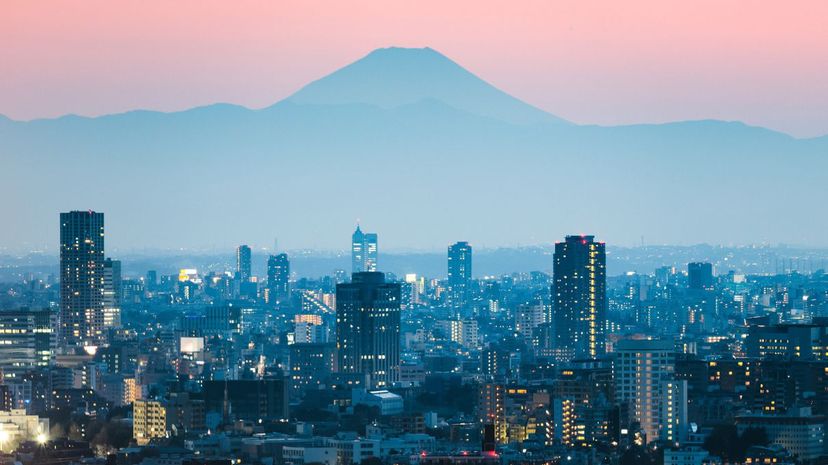
Tokyo's metro area is recognized as the most populous in the world with almost 38 million residents. The city is also home to Shibuya Crossing, which is considered the busiest intersection in the world. As many as 3,000 people cross the street at the same time.
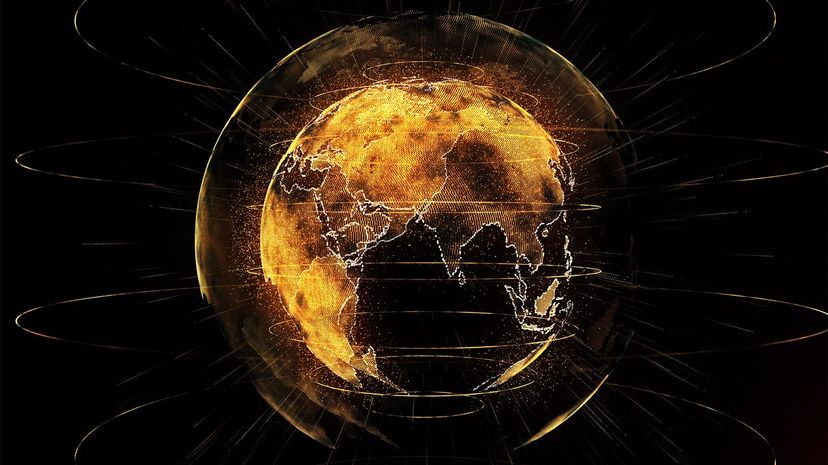
It actually takes slightly less than 24 hours for the Earth to complete one full rotation on its axis. The exact amount of time is 23 hours, 56 minutes and 4 seconds. Scientists say the Earth's rotation is actually slowing down and days are slowly getting longer.
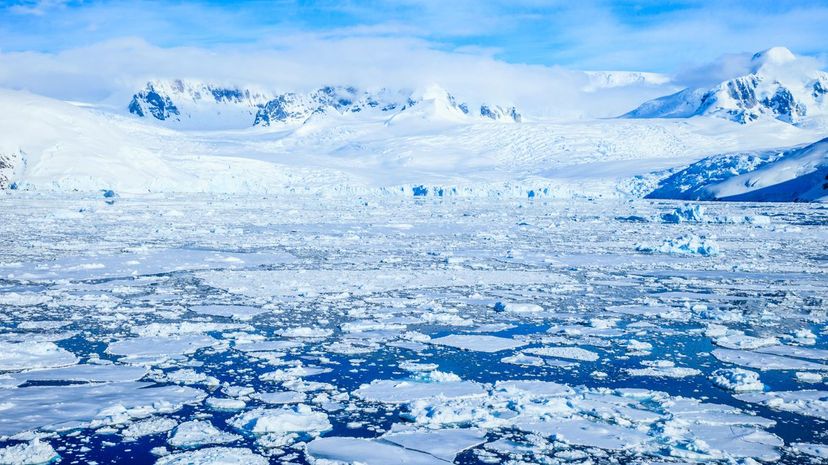
About 33% of the world's land is desert, and the polar desert down south is the largest desert in the world. Antarctica is about 99% ice and holds almost all of the world's freshwater ice and 70% of the planet's fresh water.
Advertisement
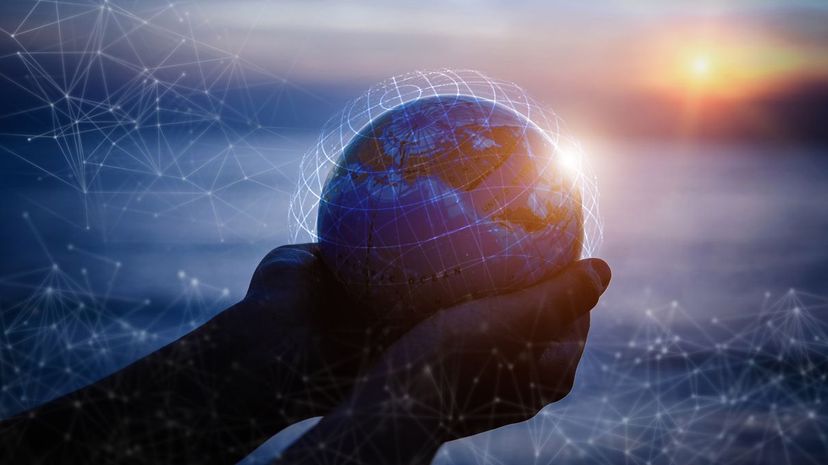
The Tropic of Cancer is in the northern hemisphere and is also known as the Northern Tropic. The Tropic of Capricorn is in the southern hemisphere and is known as the Southern Tropic. Both lines represent the northern and southernmost circles where the Sun can be directly overhead.
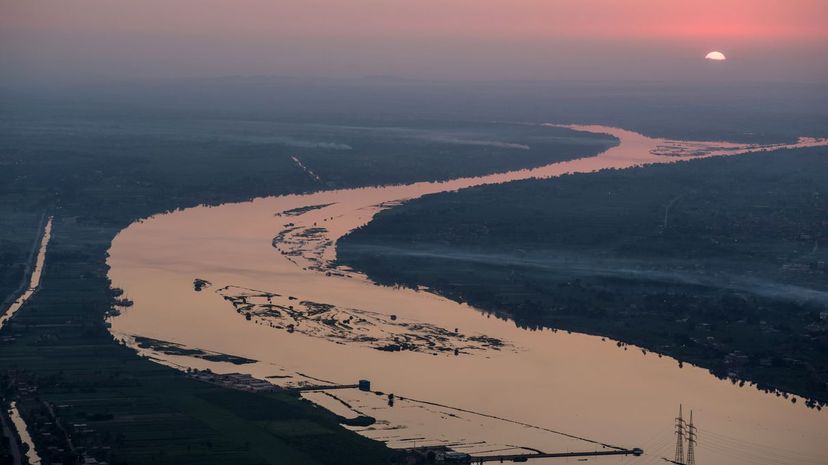
The Nile River spans from northern Egypt to Burundi and runs for more than 4,258 miles. (For comparison, the farthest points in the continental U.S. span just 2,900 miles.) Some scientists think the Amazon River may be longer than the Nile, but that is disputed.
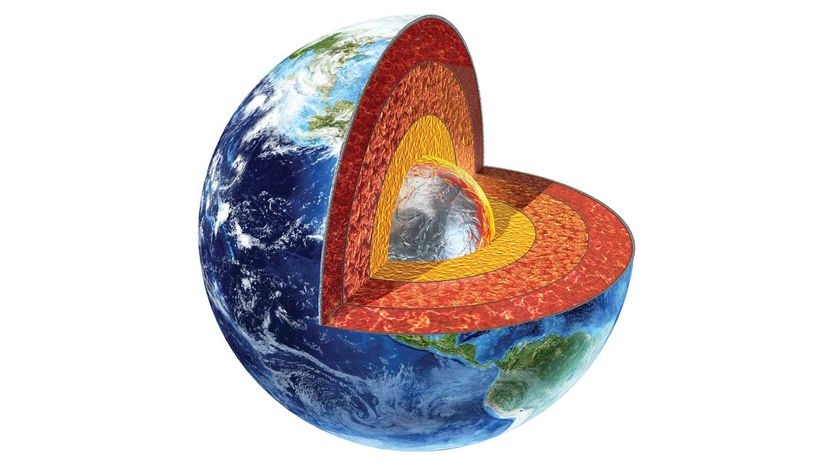
The inner core is believed to be made of solid iron and nickel that is about as hot as the sun's surface. The outer core is also made of iron and nickel but it's liquid. The outer core is the only liquid layer of the Earth.
Advertisement
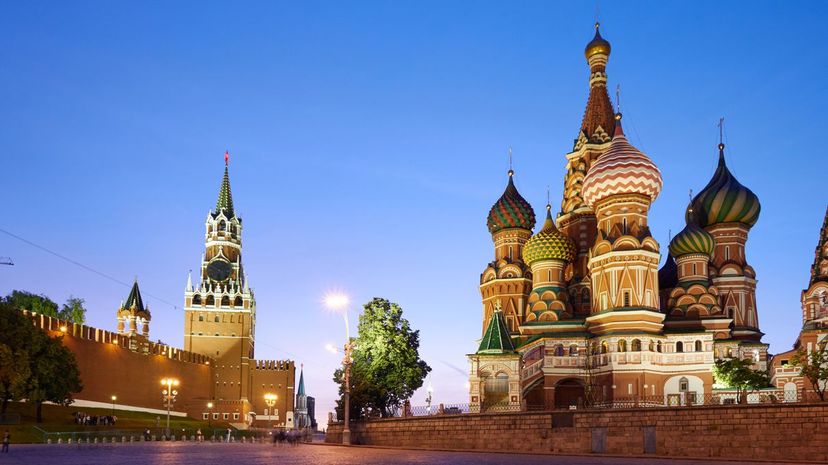
More than 11 million people live in Moscow, making it the largest and most populous city in Russia. It's also one of the most populous in all of Europe. The city is home to the medieval fortress known as the Kremlin.
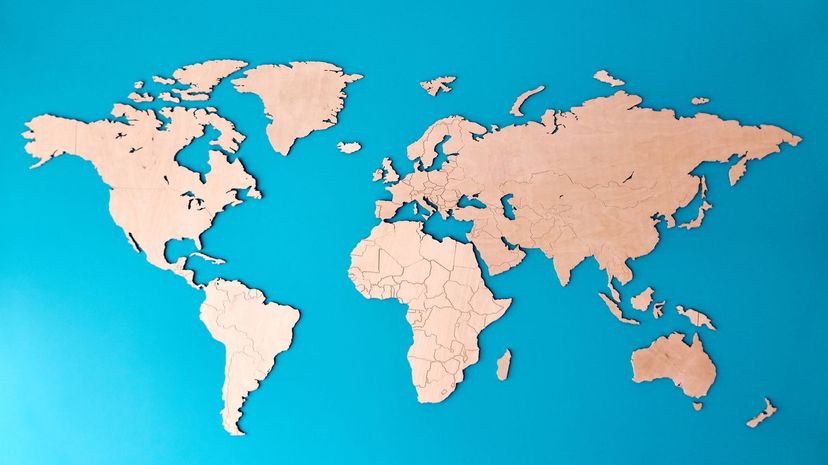
Asia and Europe are the only continents not surrounded by water on all sides. Asia is the world's largest and Europe is the second smallest. The supercontinent known as Eurasia holds more than 100 countries and is home to more than 5 billion people.

There are close to 2.5 billion Christians in the world and almost 2 billion members of Islam. There are another billion people who don't identify with any religion and another billion who identify as Hindu. Hinduism is considered the world's oldest religion.
Advertisement
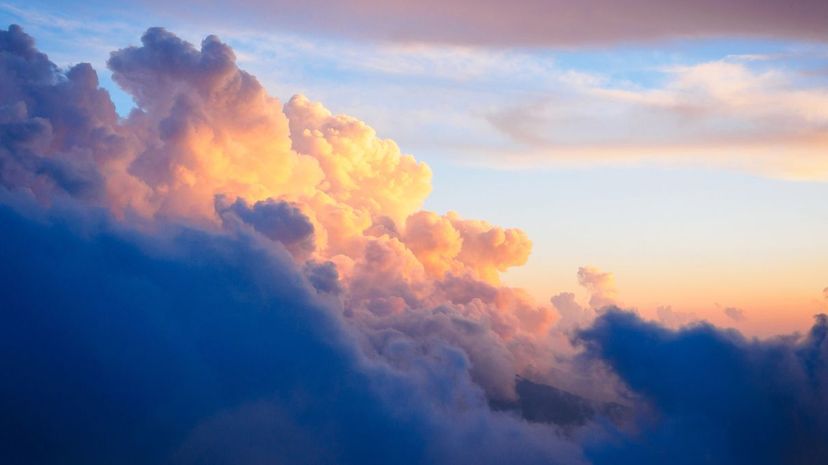
A cumulus cloud can span miles and weigh more than 1 million pounds. The reason they float is that the water droplets in clouds are so small the wind keeps pushing them up.
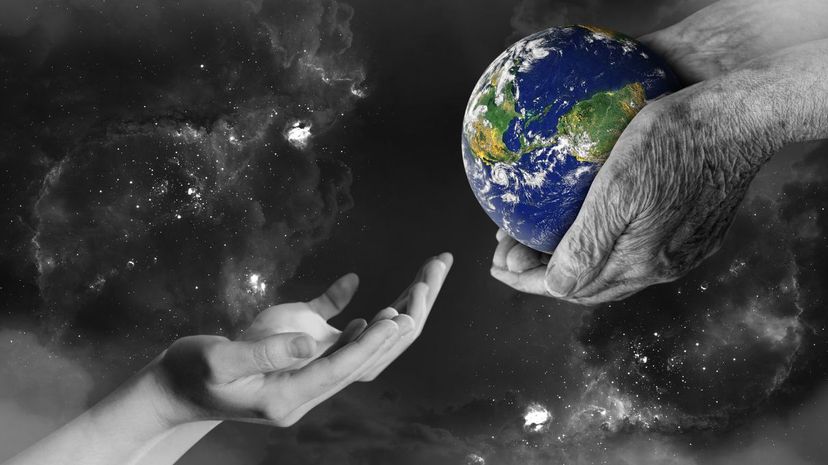
The Earth formed over billions of years, but this wasn't discovered until recently. In fact, it wasn't until the 20th century when scientists had the technology to learn just how old the Earth actually is.
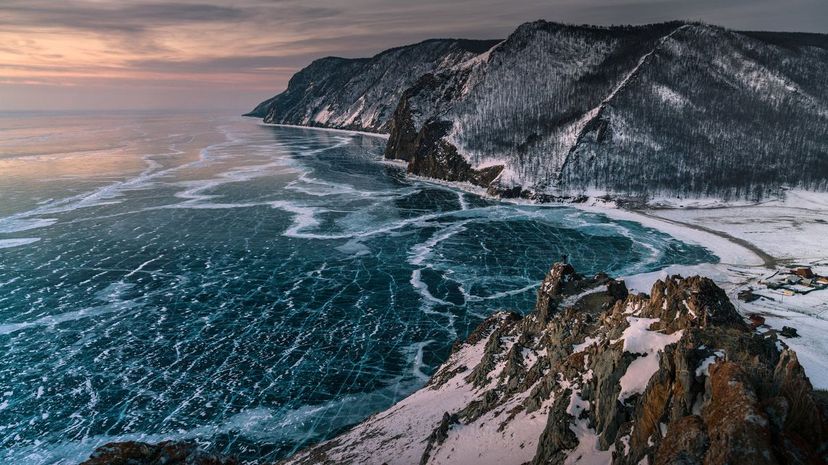
Lake Baikal in Russia plunges 3,893 feet below sea level and is a total of 5,387 feet deep. America's deepest lake, Crater Lake in Oregon, is 1,949 feet deep. The world's largest freshwater lake, Lake Superior, is 1,333 feet deep.
Advertisement
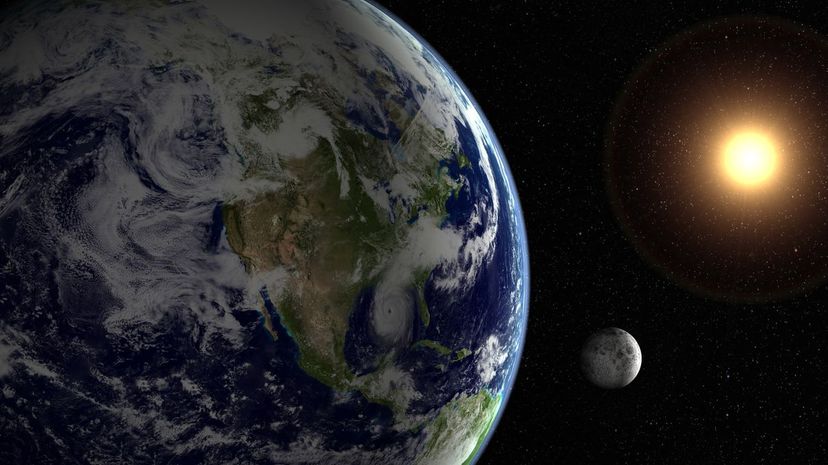
It takes 27.3 days for the moon to orbit Earth. As the moon orbits Earth, Earth orbits the sun. It takes about 29.5 days for the moon to make a full orbit in relation to the Sun. It also takes about 27 days for the moon to make a full rotation on its axis.

It makes sense to think Sydney or Melbourne is the capital of Australia, but they never were. Government officials couldn't agree on a city to designate the capital, so they settled on Canberra, which is halfway between the two.
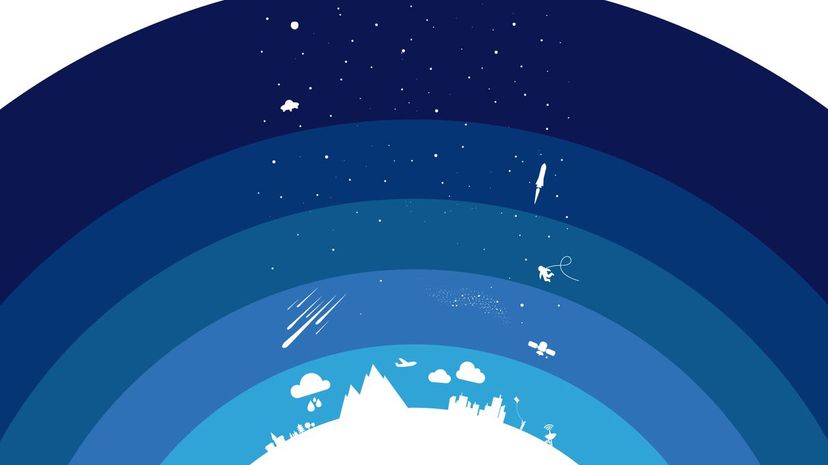
There are four major layers of the Earth's atmosphere. The troposphere is the part we live in and extends about six to seven miles from the surface. The stratosphere is the next layer and is known for protecting us from ultraviolet radiation.
Advertisement

Earth is flying around the sun at 67,000 miles per hour and it takes 365 days to make a full orbit. (Well, 365.2524 to be precise.) The sun itself is orbiting the center of the Milky Way at almost 500,000 miles per hour. It takes about 230 million years for the sun to make a full orbit around the Milky Way.
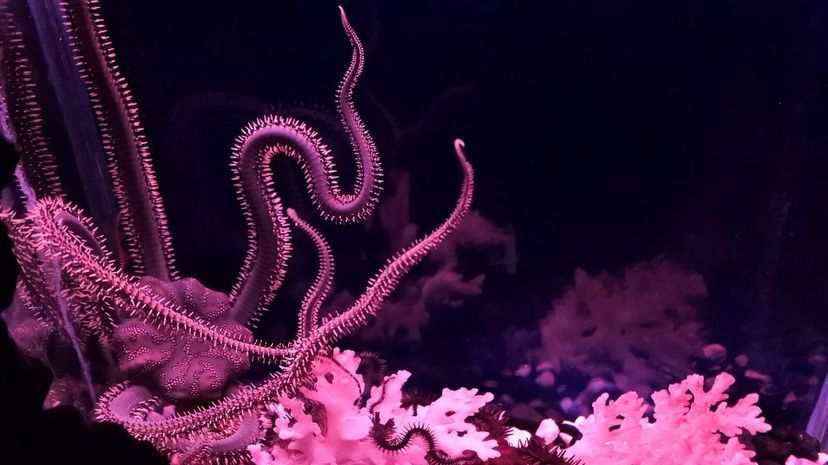
The deepest spot in the world sits at the bottom of the Pacific Ocean and is called the Mariana Trench. It's more than 36,000 feet deep, which is the equivalent of 13 Burj Khalifa buildings. The trench is 40 miles wide and more than 1,500 miles long.
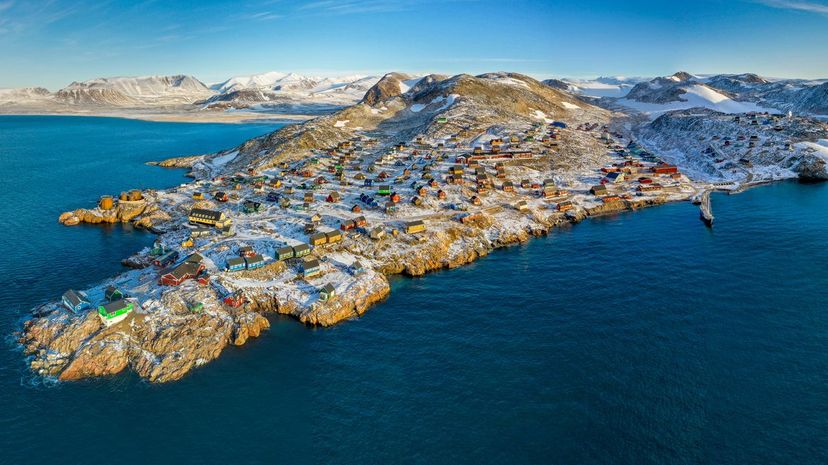
Every continent except Asia and Europe are technically islands, but they're so big they're considered continents instead. Greenland is the largest island but only 50,000 people live there. Java is the most populous island with 141 million citizens. Singapore is the world's only island city-state.
Advertisement
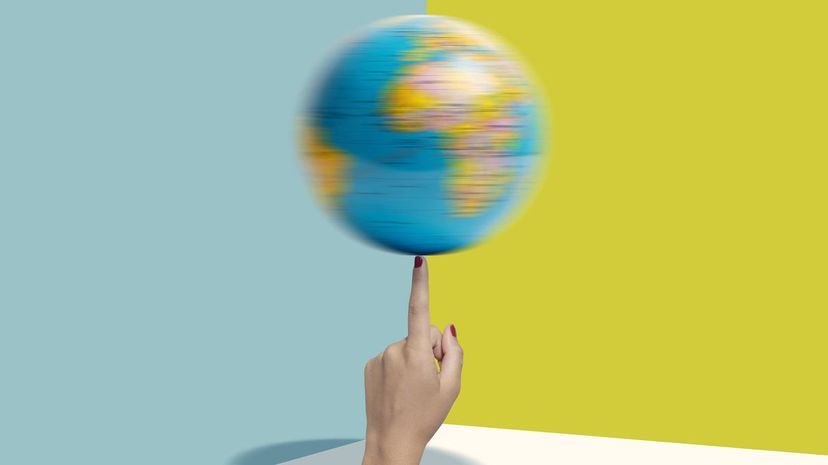
The Earth is spinning fastest at the equator, where it spins 1,037 miles per hour. At the poles, the speed is effectively zero.
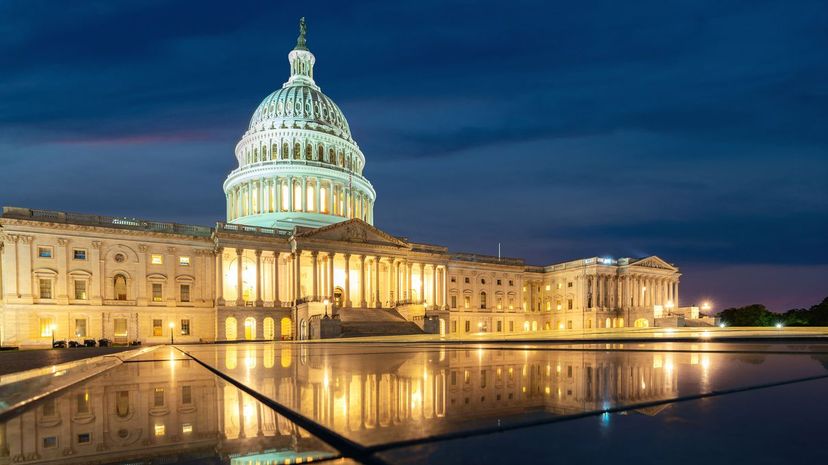
The U.S. has had many capitals in its short history, but Washington, D.C. has been the capital since 1790. The city was named after George Washington in 1791. The White House wasn't completed until 1800.